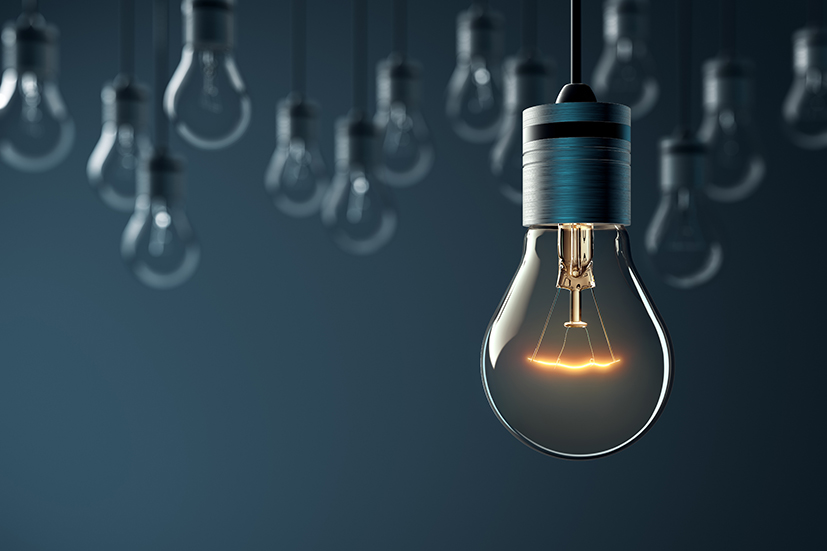REGISTER FOR NEWSLETTER
REGISTER FOR NEWSLETTER

May 11th, 2019
Ultraviolet radiation (UVR) is hazardous to patients with photosensitive skin disorders, such as lupus erythematosus, xeroderma pigmentosum and skin cancer. As such, these patients are advised to minimize their exposure to UVR. Classically, this is accomplished through careful avoidance of sun exposure and artificial tanning booths.

May 2nd, 2019
Studies have also reported that children are more vulnerable than adults to flicker-induced ill effects.

April 3rd, 2019
In a study funded by the National Institutes of Health, West Virginia University neuroscientists linked white light at night—the kind that typically illuminates hospital rooms—to inflammation, brain-cell death and higher mortality risk in cardiac patients.

March 24th, 2019
In residential areas, in order to reduce the risk of human annoyance, the CCT of light sources shall be ≤3000K and a dimming or switch-off programme shall be implemented

February 17th, 2019
Evidence indicates that exposure to artificial bright light during the night-time suppresses melatonin secretion, increases sleep onset latency and increases alertness. Chronic ALAN exposure can cause circadian rhythm misalignment which may have negative effects on the psychological, cardiovascular and/or metabolic functions.

January 21st, 2019
Study shows there is no difference in pollination success between part-night lighting and full darkness, highlighting the ecological benefit of switching off our street lights even for short periods in the night.

January 18th, 2019
Artificial light at night (ALAN) is an increasingly important driver of global change. Lighting directly affects plants, but few studies have investigated indirect effects mediated by interacting organisms. Nocturnal Lepidoptera are globally important pollinators, and pollen transport by moths is disrupted by lighting.

January 17th, 2019
Human Centric Lighting supports health, well-being and performance of humans by combining visual, biological and emotional benefits of light.

January 1st, 2019
Irlen Spectral Filters are able to filter out the offending wave lengths of light which create the stress, thus allowing the brain to be able to make the normal adjustments for various lighting conditions, glare, and brightness.
Sunglasses are not enough. You may think they provide comfort and protection, but individuals who are light sensitive need to be protected from all lighting, not just sunlight. Individuals with light sensitivity wear their Irlen Spectral Filters from the time they wake up until they go to bed at night. Irlen Spectral Filters do not reduce brightness or contrast while providing the same comfort as being in a dimly lit room. Since they do not make things darker, like sunglasses, they can even help with headlights at night.

January 1st, 2019
The use of colour to treat visual discomfort and perceptual distortions (visual stress) has been the subject of recent controversy.
REGISTER FOR NEWSLETTER